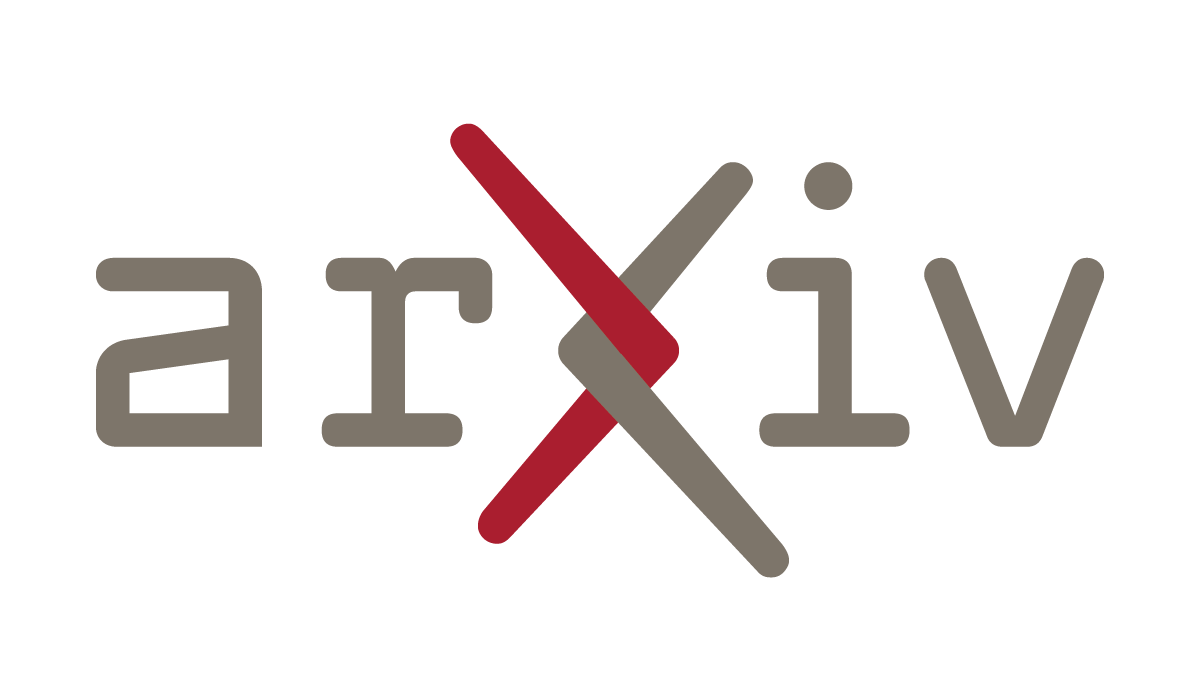AI Research
CIO ASEAN Leadership Live with McKinsey: Transformative role of AI and GenAI in the insurance sector in the Southeast Asia.

Overview
In our latest CIO ASEAN Leadership Live session, I – Estelle Quek, Editorial Director of CSO ASEAN engaged Violet Chung, Senior Partner at McKinsey, on how artificial intelligence (AI) and generative AI (GenAI) are reshaping the insurance sector across Southeast Asia. Our conversation was structured around key questions that CIOs and senior technology leaders must address to move from experimentation to enterprise transformation. We began by asking what explains Southeast Asia’s relatively low AI maturity scores, despite its digital readiness. Chung pointed to the need for holistic transformation-beyond technology procurement, emphasizing leadership alignment, change management, and scalable enterprise capabilities. As embedded insurance gains traction, we asked how insurers should evolve their business models. Chung highlighted the importance of agile partnerships with non-financial players and the co-creation of customer-centric value propositions. On GenAI, we explored what lessons CIOs can draw from early pilots. Chung cautioned that many initiatives lack integration and measurable ROI. She stressed the importance of infrastructure flexibility, workforce enablement, and a clear roadmap for scaling. I also asked how insurers should approach AI governance, particularly in underwriting and customer-facing applications. Chung advocated for embedding compliance from the design phase, maintaining human oversight, and ensuring data transparency. Finally, we examined the readiness of insurers to scale GenAI amid legacy systems and siloed data. Chung recommended infrastructure-agnostic platforms and agentic architectures, supported by public-private collaboration to close protection gaps and accelerate innovation.
AI Research
Artificial Intelligence Cheating | Nation

We recognize you are attempting to access this website from a country belonging to the European Economic Area (EEA) including the EU which
enforces the General Data Protection Regulation (GDPR) and therefore access cannot be granted at this time.
For any issues, call 435-752-2121.
AI Research
A Unified Model for Robot Interaction, Reasoning and Planning

View a PDF of the paper titled Robix: A Unified Model for Robot Interaction, Reasoning and Planning, by Huang Fang and 8 other authors
Abstract:We introduce Robix, a unified model that integrates robot reasoning, task planning, and natural language interaction within a single vision-language architecture. Acting as the high-level cognitive layer in a hierarchical robot system, Robix dynamically generates atomic commands for the low-level controller and verbal responses for human interaction, enabling robots to follow complex instructions, plan long-horizon tasks, and interact naturally with human within an end-to-end framework. Robix further introduces novel capabilities such as proactive dialogue, real-time interruption handling, and context-aware commonsense reasoning during task execution. At its core, Robix leverages chain-of-thought reasoning and adopts a three-stage training strategy: (1) continued pretraining to enhance foundational embodied reasoning abilities including 3D spatial understanding, visual grounding, and task-centric reasoning; (2) supervised finetuning to model human-robot interaction and task planning as a unified reasoning-action sequence; and (3) reinforcement learning to improve reasoning-action consistency and long-horizon task coherence. Extensive experiments demonstrate that Robix outperforms both open-source and commercial baselines (e.g., GPT-4o and Gemini 2.5 Pro) in interactive task execution, demonstrating strong generalization across diverse instruction types (e.g., open-ended, multi-stage, constrained, invalid, and interrupted) and various user-involved tasks such as table bussing, grocery shopping, and dietary filtering.
Submission history
From: Wei Li [view email]
[v1]
Mon, 1 Sep 2025 03:53:47 UTC (29,592 KB)
[v2]
Thu, 11 Sep 2025 12:40:54 UTC (29,592 KB)
AI Research
[2404.02353] Semantic Augmentation in Images using Language

View a PDF of the paper titled Semantic Augmentation in Images using Language, by Sahiti Yerramilli and 4 other authors
Abstract:Deep Learning models are incredibly data-hungry and require very large labeled datasets for supervised learning. As a consequence, these models often suffer from overfitting, limiting their ability to generalize to real-world examples. Recent advancements in diffusion models have enabled the generation of photorealistic images based on textual inputs. Leveraging the substantial datasets used to train these diffusion models, we propose a technique to utilize generated images to augment existing datasets. This paper explores various strategies for effective data augmentation to improve the out-of-domain generalization capabilities of deep learning models.
Submission history
From: Jayant Sravan Tamarapalli [view email]
[v1]
Tue, 2 Apr 2024 22:54:24 UTC (676 KB)
[v2]
Wed, 9 Jul 2025 05:00:43 UTC (676 KB)
[v3]
Wed, 10 Sep 2025 21:14:00 UTC (676 KB)
-

 Business2 weeks ago
Business2 weeks agoThe Guardian view on Trump and the Fed: independence is no substitute for accountability | Editorial
-
Tools & Platforms1 month ago
Building Trust in Military AI Starts with Opening the Black Box – War on the Rocks
-

 Ethics & Policy2 months ago
Ethics & Policy2 months agoSDAIA Supports Saudi Arabia’s Leadership in Shaping Global AI Ethics, Policy, and Research – وكالة الأنباء السعودية
-

 Events & Conferences4 months ago
Events & Conferences4 months agoJourney to 1000 models: Scaling Instagram’s recommendation system
-

 Jobs & Careers2 months ago
Jobs & Careers2 months agoMumbai-based Perplexity Alternative Has 60k+ Users Without Funding
-

 Podcasts & Talks2 months ago
Podcasts & Talks2 months agoHappy 4th of July! 🎆 Made with Veo 3 in Gemini
-

 Education2 months ago
Education2 months agoMacron says UK and France have duty to tackle illegal migration ‘with humanity, solidarity and firmness’ – UK politics live | Politics
-

 Education2 months ago
Education2 months agoVEX Robotics launches AI-powered classroom robotics system
-

 Funding & Business2 months ago
Funding & Business2 months agoKayak and Expedia race to build AI travel agents that turn social posts into itineraries
-

 Podcasts & Talks2 months ago
Podcasts & Talks2 months agoOpenAI 🤝 @teamganassi

